It's fun to make music at the piano. There are so many ways to approach making music. You can accompany yourself or someone else singing or even another instrumentalist.
One very common way to do so is to simply play your favorite songs. And most often, that entails playing solo piano in which you as the piano player are the whole orchestra. The popular song form which consists of a series of verses and a chorus may include an intro, bridge, outro, etc.
So what is the best method for learning songs at the piano? Assuming that you understand chords*place link, inversions/voicings, melodies and other elements of music, you still have to learn the songs that you want to play.
In this article, I want to share with you 7 steps that you can take right away to learning songs at the piano. This may be songs that you've always wanted to play or someone else may be requesting that you play for them at an event.
So let's look at the 7 steps to learning songs at the piano.
1 Listen to the Song
You may think that you've heard a song that you want to play so many times that it's not necessary to go back and review it. I've thought this myself and realized that the way that I remember hearing the song wasn't accurate or I missed some element within the song.
At some point I realized that I've always listened to music for pleasure as most people do and not to learn. So listen to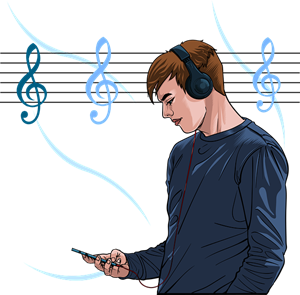 the song to learn, not for pleasure. This can mean repeated listening to the same song. If you're doing so in the presence of others, I don't have to tell you that hearing the same song repeatedly is likely to annoy them. So use earbuds or headphones if you're not alone.
the song to learn, not for pleasure. This can mean repeated listening to the same song. If you're doing so in the presence of others, I don't have to tell you that hearing the same song repeatedly is likely to annoy them. So use earbuds or headphones if you're not alone.
Sing along with the lyrics to remember the melody. There are also online tools that allow you to loop sections of a song and even slow them down to make them easier to learn. Audacity is one such program that has these tools and it's also free to download. If you wish to have them on a mobile device, just search "song transcription". You would just need an mp3 or wav file of the song to import it. Some apps may allow you to import songs from a streaming service.
2 Learn the Melody With One Hand
Learn to play the single note melody of the song. Use one hand. Don't harmonize it just yet. This teaches you how the melody progresses throughout the song. Yes, the fingering will be different when you start harmonizing with notes 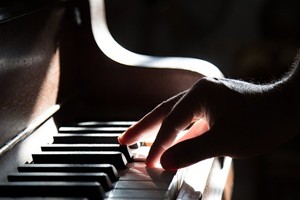 and chords underneath it.
and chords underneath it.
But learning the fingering is not the purpose of learning the melody. When your right hand can easily find the melody of the song, it's much easier when you start harmonizing the melody. Your hand develops a sort of sense of hearing and this will serve you very well as you progress further into the details of the song. The melody is that part of the song that our ear follows so get the melody right. Train your right hand to play it effortlessly.
3 Determine the Key and Structure of the Song
The key of a song determines the notes that it consist of. In other words, most if not all notes that are in the song will be those 7 notes within the key. Most of the chords will also be based on those same 7 notes. So know the key of the song that you're trying to learn.
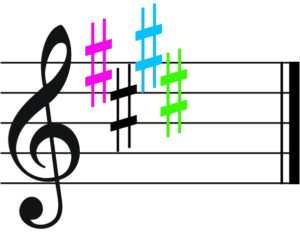 The chord progressions of a song are the structure of a song. You'll findan infinite number of songs that are quite different but have the same exact chord progressions. It may be a simple chord progression of a few chord changes or many chord changes. But you'll find that a chord progression pattern exists within them which makes them easier to learn and remember.
The chord progressions of a song are the structure of a song. You'll findan infinite number of songs that are quite different but have the same exact chord progressions. It may be a simple chord progression of a few chord changes or many chord changes. But you'll find that a chord progression pattern exists within them which makes them easier to learn and remember.
4 Use a lead sheet if available
Lead sheets*place link* are simple notational forms of a popular song. They most often have a simple one line melody and chords symbols to signify harmony changes throughout the song. Their purpose is to make a song easy to play with minimal note reading and the freedom to add or subtract elements of the song you wish not to play. A collection of lead sheets is called a fake book and they're found at book stores and online.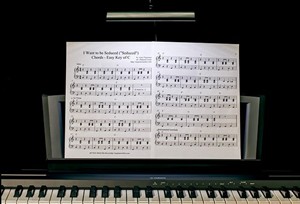
You can also use traditional sheet music by simply ignoring the bass clef (left hand Part) and playing the upper notes on the treble (right hand part) only. Even traditional sheet music may also contain chord symbols.
5 Recognize Repeating Patterns Within the Song
Even though the lyrics may change, the melody is going to be repeating patterns such as the verse and chorus. A lot of traditional sheet music has multiple pages, but most often it contains passages that are just a repeat of earlier parts of the song.
6 Take Note of Special Considerations Such as key or Tempo Changes
If the key changes, it may or may not reflect in the lead sheet or chord chart. Sometimes this may happen in the chorus or the bridge of the song. These are sections other than the verse and the reason for them is to create interest in the song instead of staying in the same key as the verse. The tempo may also change in these sections to make the song more interesting.
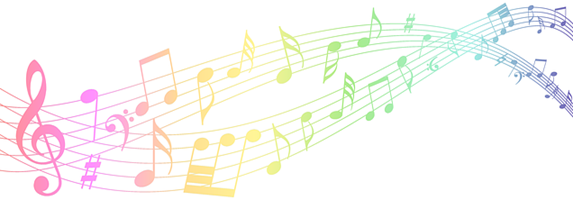
7 Learn the Song in Small Bites
If a song has a somewhat complex intro, chord progression, melody etc. This can often discourage an aspiring piano player from learning it. In addition to that, we often want to hurry up and succeed at our goal. But don't fall into this trap as we all have done.
Start out where you are. Don't try to build a second story on a vacant lot. For example, if you're not familiar with the  key of the song you're trying to learn, take time and learn the notes that are in the key. It will frustrate you if a song has a melody or chords that you're not familiar with.
key of the song you're trying to learn, take time and learn the notes that are in the key. It will frustrate you if a song has a melody or chords that you're not familiar with.
Learn the song measure by measure or a select series of measures. The goal is to be able to play the song without looking at a written piece of music. Learn it in sections, large and small.
Greg Lee
Latest posts by Greg Lee (see all)
- What is a minor/Major 7 Chord? - October 26, 2023
- 7 Chord Substitutions that Professionals Use - October 19, 2023
- 5 Simple Chord Tricks to Sound Amazing - October 5, 2023



